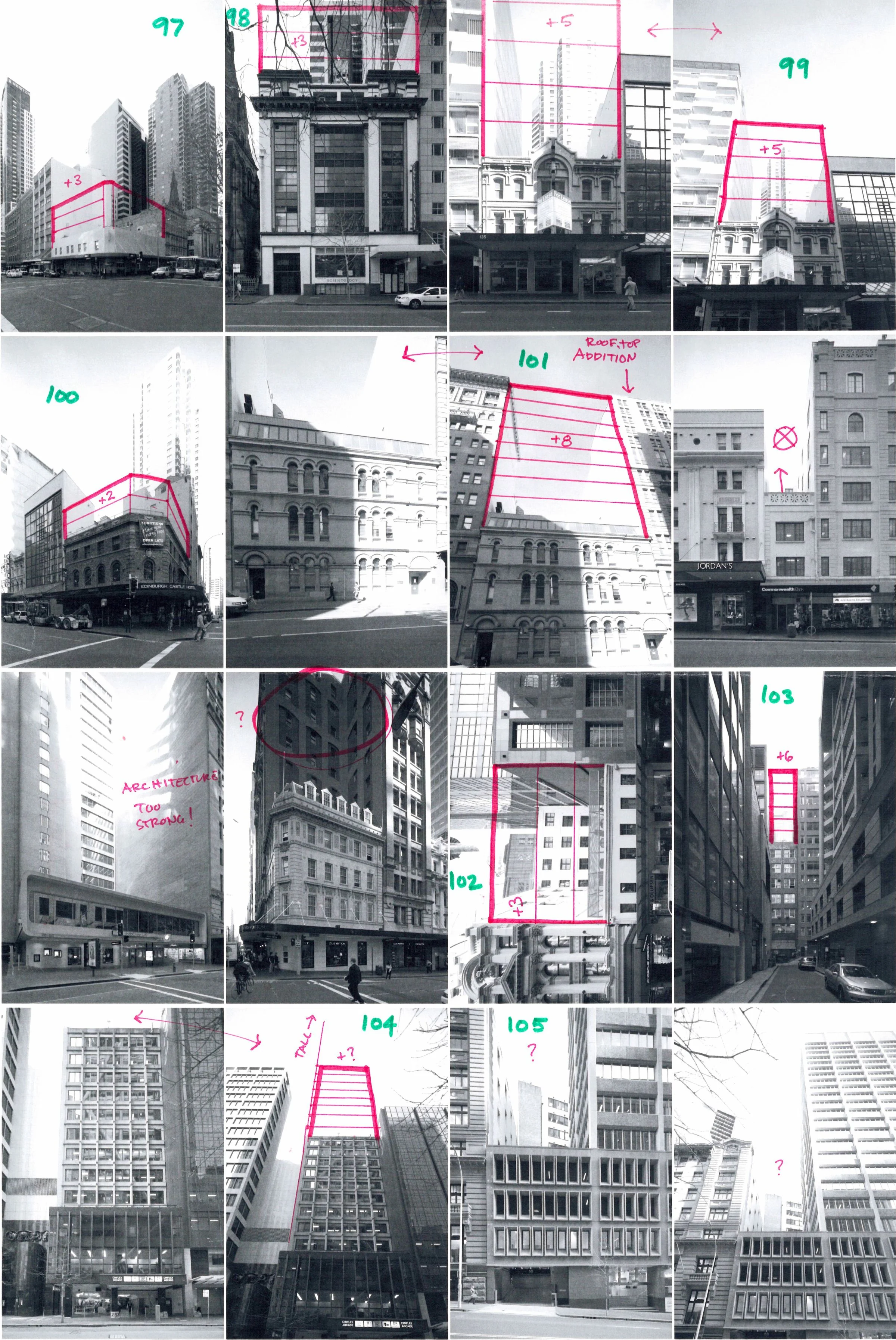Article by Charles Fortin
Intro
They’re usually housed within massive, nondescript warehouse-like buildings on the edge of major urban centres. Filled with racks of servers and fed by high-capacity power cables, data centres have come to underpin a growing proportion of modern life.
Growth in both the size and number of data centres has been fanned by a rising demand for cloud-based IT resources. Businesses have been quick to shift their computing and storage capabilities out of on-premise facilities and into those provided by companies such as Amazon, Google and Microsoft.
However, the pendulum is now starting to swing the other way. Increasing numbers of organisations are seeing merit in having their data stored closer to their office locations. They’re keen to take advantage of resources that, rather than being in some far-flung suburb, are actually within the CBD itself.
Drivers for change
There are several reasons for this shift in thinking. For some businesses, it has been disappointment in the levels of performance delivered by the large data centre facilities. Network latency has had a detrimental impact on application performance, leading to declining levels of staff productivity and customer service.
For others, it’s more an issue of security. They are keen to retain sensitive data closer to their headquarters without the need to build and maintain their own on-premise facility.
In some instances, there is a desire for choice. While they are happy to continue to store large volumes of data within a large, distant data centre, they also want the flexibility to have some workloads running in a facility that is closer by.
For example, some artificial intelligence applications require very high-performance computing platforms with low latency. Keeping these in a CBD location makes sense.
See Appendix A for a comprehensive survey of site opportunities within the Sydney CBD
See Appendix B for our earlier Skinny Inner-City Data Centre Prototype (PDF download)
Finding locations
To meet this increasing demand for inner-city data centre capacity, the hunt is on for suitable locations. Architects and builders are scouring CBD block to identify either land suitable for development or existing buildings that can be expanded or redesigned.
Unlike the cousins in the outer suburbs, CBD data centres will not be housed in sprawling, low-set buildings. They are more likely to occupy smaller facilities that fit between, within or even above existing structures.
For example, a data centre could occupy a series of floors within an existing high-rise hotel. Hotel rooms could be removed and replaced with larger spaces containing racks of servers. Alternatively, a new structure could be nestled between or behind existing office towers. With no need for views, natural light, they can occupy land which is unattractive for development into either office or residential accommodation.
Airspaces are also providing potential sites for data centre developers. By adding a box to the roof of an office block, a data centre can be quickly and efficiently built without causing disruption to existing users or residents.
A different business model
While designing and building data centres in CBD locations is certainly possible, it will require a different approach to make them economically viable. With floor space rental rates significant higher and restrictions on the availability of electricity and high-speed data links, operators will have to carefully position their facilities in the minds of prospective customers.
It’s unlikely that any company will opt to shift all the data and computational capacity they current have in an existing out-suburban data centre into a CBD location. Instead, they will cherry pick workloads and smaller data stores where the additional costs make sense.
For example, a financial institution could retain customer records and other data outside the city while using a CBD facility to host high-frequency trading and other time-sensitive activities. Retailers could undertake point-of-sale transaction processing in the CBD while retaining large data stores for historical data outside.
As the number of CBD data centres starts to rise, a variety of new business models will emerge. Just as the outer suburban facilities changed the approach taken to computing by many organisations, so this new crop of entrants will cause another wave of disruption.
Appendix A
A comprehensive survey of site opportunities within the Sydney CBD.
DOWNLOAD













